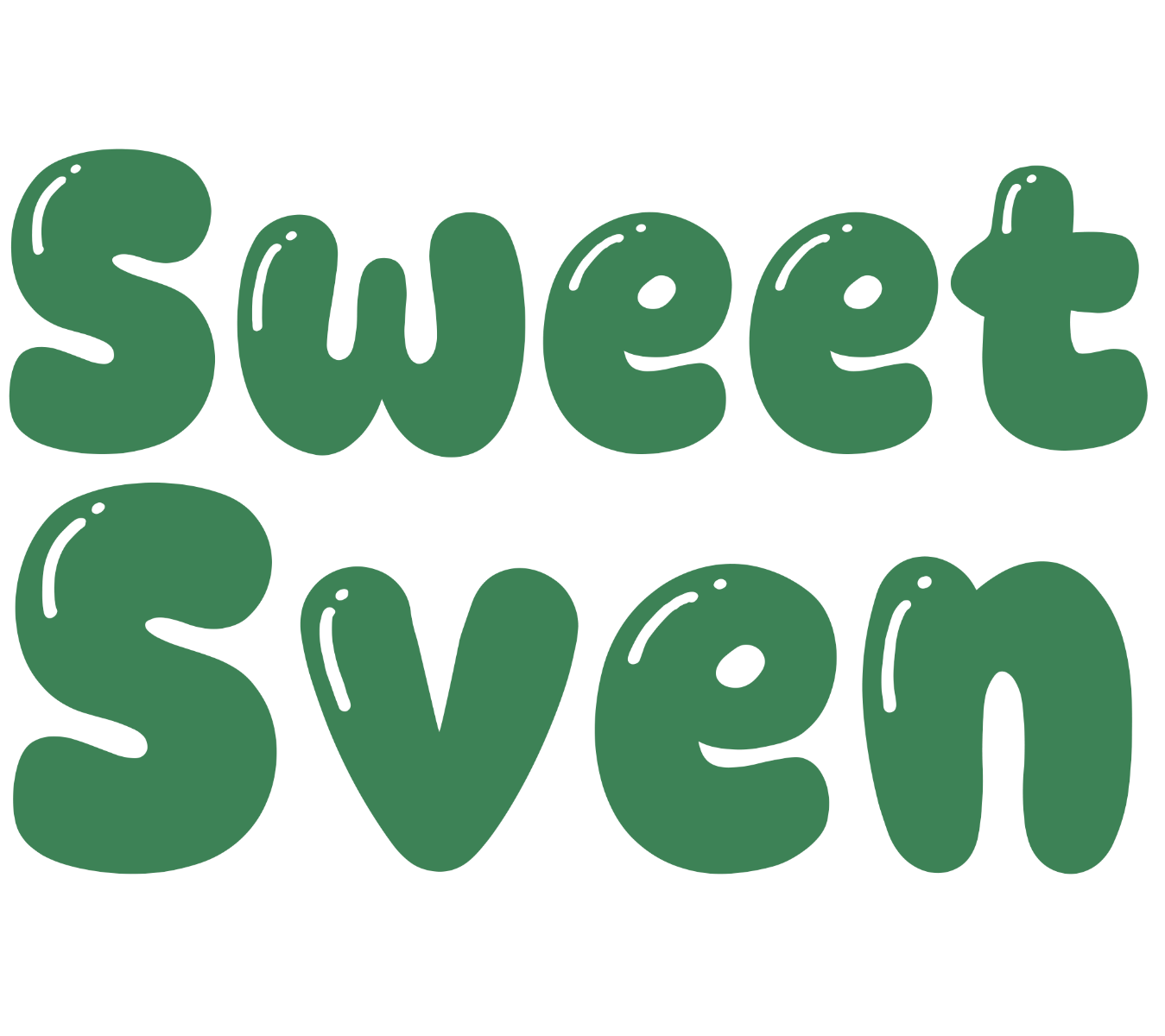In today’s article, we uncover the detailed and surprising history behind Sweden’s beloved Saturday candy tradition—lördagsgodis—and how it all started with dental research that would shape the country’s candy culture for generations.
Table Of Contents
The Vipeholm Experiments: A Dental Study That Changed Candy Culture
In the 1940s and 1950s, Swedish researchers at Vipeholm Hospital near Lund conducted what is now considered a highly unethical dental health experiment. Patients—many with intellectual disabilities—were given extremely sticky, sugary sweets multiple times a day, designed to cling to teeth and promote tooth decay. The purpose was to study the effects of sugar on dental health.
The results were conclusive: eating sugar frequently between meals caused far more cavities than consuming the same amount in a single sitting. These findings became the foundation for a national change in candy consumption habits.
From Research to Public Health Recommendation
Dentists such as Lisa Swenander Lanke and Bo Krasse took the Vipeholm research findings and transformed them into a clear, easy-to-remember public health message: enjoy your sweets, but keep them to just one day per week. The goal was to let people indulge while reducing the constant exposure of teeth to sugar. Public campaigns, school visits, and media coverage helped spread this idea across Sweden. By 1959, the advice had taken root so strongly that it evolved into a nationwide cultural practice—lördagsgodis—linking dental health with one of the country’s sweetest weekly rituals.
The Cultural Rise of Lördagsgodis
In the 1960s and 1970s, Saturday officially cemented its place as “candy day” for Swedish families. As the habit spread, candy shops and supermarkets began installing large pick and mix walls, with entire aisles devoted to colourful, self-serve sweets. Customers—both children and adults—would fill paper bags with an eclectic mix: fruity gummies, salty licorice, foamy marshmallow, and chocolate bites. This ritual was not just about sugar; it became a social event, often tied to family outings, cinema visits, or special Saturday dinners.
By the late 20th century, lördagsgodis had become so entrenched that it was a part of weekly life, woven into Swedish culture alongside fika and holiday traditions. It created generational memories, from the excitement of choosing candy as a child to continuing the ritual with one’s own children.
Today, Sweden consistently ranks among the top nations in the world for candy consumption per capita (The Guardian). The tradition has even crossed borders, influencing neighbouring Norway, where it is known as “lørdagsgodt,” and sparking curiosity in international candy culture circles.
What Saturday Candy Includes Today
Modern lördagsgodis is a vibrant mix that reflects the full spectrum of Swedish candy culture, blending long-standing classics with innovative newcomers. Each category offers its own sensory experience and cultural significance.
-
Salty licorice: A signature flavour in Sweden, salty licorice such as Djungelvrål, Tyrkisk Peber, and S-märke Supersalt delivers an intense, savoury punch. This is not just candy; it is a cultural statement, loved by locals and often a challenge for visitors.
-
Fruity gummies: Colourful, chewy, and bursting with flavour, fruity gummies like Bubs Goody Sour Ovals Raspberry & Blueberry and Haribo Frukt Nappar bring a bright sweetness to the mix. These are favourites for children and adults alike, often chosen to balance stronger flavours in a pick and mix bag.
-
Foamy marshmallow treats: Soft and airy, foamy candy such as Juleskum and Bubs Cool Hallonskalle Skum offers a lighter texture that melts in the mouth. Often seasonal, like Christmas-themed Juleskum, they carry a nostalgic charm.
-
Chocolate icons: Swedish chocolate legends including Marabou Mjölkchoklad, Daim, and Polly combine creamy richness with unique flavour twists. Many of these chocolates have been part of the Saturday candy tradition for decades.
-
Healthy candy options: Reflecting modern preferences, vegan candy, gelatin free, gluten free, and sugar free gummies from brands like Tweek and Pandy allow more people to enjoy the ritual. These innovations show how lördagsgodis continues to adapt while keeping its joyful spirit intact.
The diversity in Saturday candy ensures there is something for every taste bud—whether you crave the challenge of salty licorice, the comfort of chocolate, the playfulness of gummies, or the lighter touch of foamy sweets.
Why the Tradition Endures
Lördagsgodis is more than a sugar rush—it’s a multi-generational ritual rooted in moderation, joy, and togetherness.
Key reasons the tradition continues to thrive include:
-
Health-conscious indulgence: By limiting candy consumption to one day, it helps manage blood sugar levels, fits into diet plans, and supports dental health.
-
Weekly anticipation: The wait builds excitement, turning candy into a reward rather than a daily habit.
-
Family bonding: Saturday candy shopping is often a shared event, with children carefully choosing favourites while parents add nostalgic classics to the bag.
-
Cultural continuity: The ritual bridges generations, allowing grandparents, parents, and children to share a familiar experience.
-
Evolving choices: The tradition now includes plant based candy, low sugar candy, and healthy candy options alongside classic treats, ensuring there is something for everyone.
-
Community and social connection: Friends and extended families may gather for movie nights or game evenings centred around their chosen Saturday sweets.
This simple weekly moment has become more than just a treat—it’s a marker of the weekend, a comfort of routine, and a cultural symbol of Sweden’s balanced approach to enjoyment.
Summary & Key Takeaways
-
Originated in the 1950s as a dental health recommendation following the controversial Vipeholm Experiments, which revealed that concentrated sugar consumption once a week reduced cavity risk.
-
Evolved into a national ritual: families and friends enjoy all their sweets in one dedicated session on Saturdays.
-
Saturday candy spans a wide range, from salty licorice and foamy marshmallow to modern vegan, gluten free, and sugar free treats—appealing to all ages and dietary needs.
-
The tradition remains a cherished blend of indulgence and health awareness, fostering family bonding, weekly anticipation, and cultural continuity across generations.


